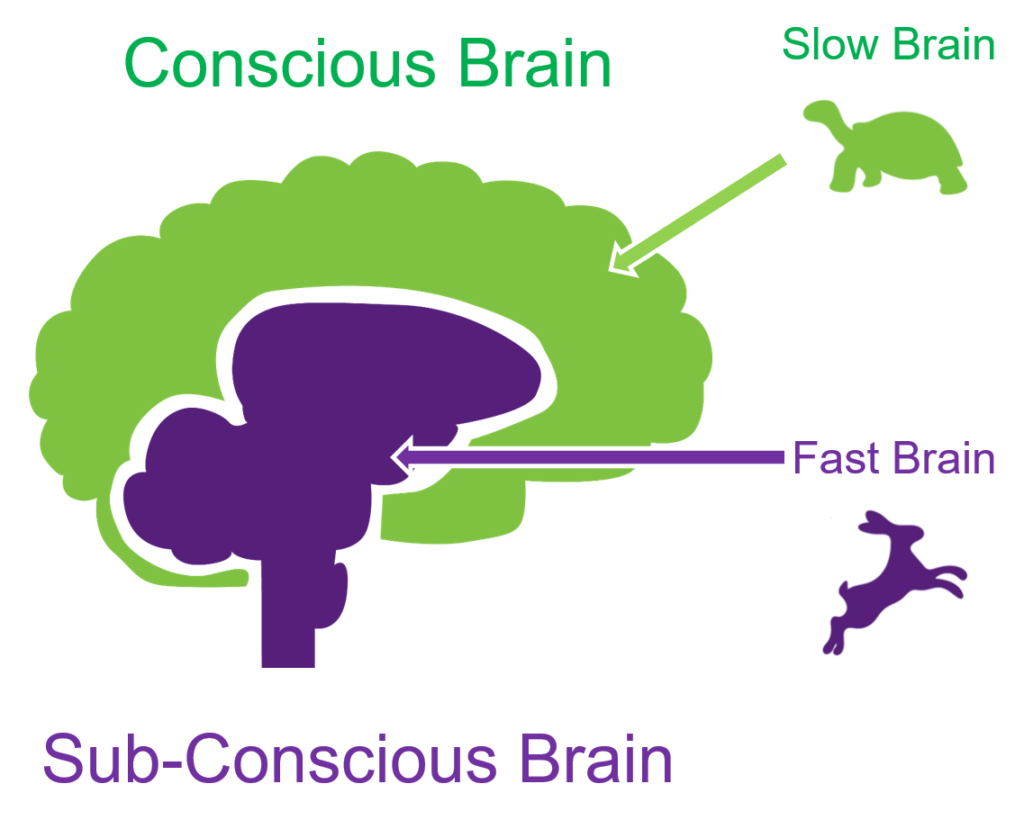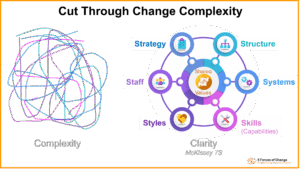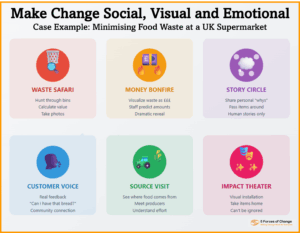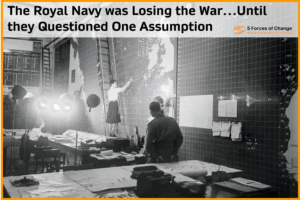How does thinking, fast and slow affect our experience of change?
In his ground-breaking book, Daniel Kahneman, the Nobel Prize winning psychologist, explains how our ‘slow’ conscious brain and our ‘fast’ subconscious brain enable to operate successfully in the world, but sometimes undermine us. This is particularly relevant when it comes to navigating organizational change.

Our response to change is largely dependent on our history, our personality and the way the change is managed. Every time we experience change our subconscious ‘fast’ brain stores a memory of that change. That memory us made up of facts, like dates and results, and is framed by the emotions we experienced. If, for instance, the change was deemed a success, but the process of change was steeped in anxiety and stress our subconscious brain will associate bad feelings with change. No amount of facts and figures will alter our sense that ‘change is bad’. Our ‘gut’, where we physically experienced the ‘bad change’ will warn us to steer clear. What we need is better memories.
This is where our ‘slow’ conscious brain comes in. If leaders actively engage us in change, for instance by entering into dialogue and fostering participation, we can use our Slow Brain to process information about change, draw our own conclusions and formulate the best way to make it succeed. This leads to positive feelings about change which are stored by our Slow Brain for future reference. The more that leaders apply all of The 5 Forces of Change the more positive will be our experience and our memories of change.
Following repeated positive management of change the collective memory of the organization will evolve. Good leadership of change will become the norm, and change will be remembered as a positive, if challenging, experience. This collective memory is the foundation stone of an agile organization.






